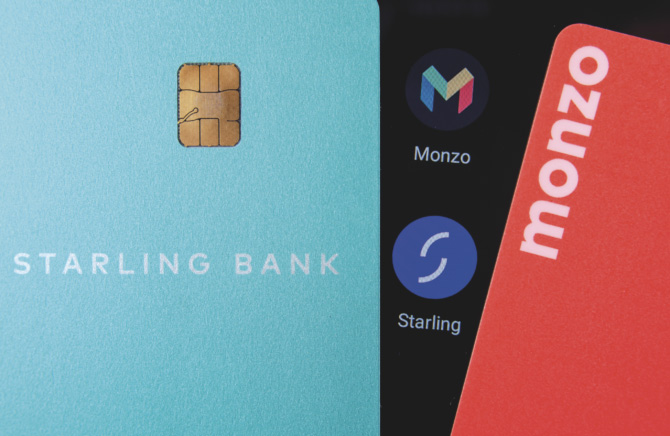No industry has radically changed how it does business in the past two decades as frequently as telecommunications. That makes it the perfect example of how financial indicators like net present value never tell the whole story.
Net present value is a fundamentally imperfect measurement. Among other examples, the move by Verizon – one of the two largest telecom companies in the US – to acquire Yahoo for $4.5 billion, and the recent public disclosure that Yahoo’s subscriber base was hacked several years ago, have exposed the frailties of net present value (NPV) and discounted cash-flow. Ever since the advent of wireless voice services over 25 years ago, traditional telecommunications carriers such as Verizon and its arch-rival AT&T have been struggling to find a solid replacement for their traditional wire-line business. The move by Verizon to acquire AOL, and now Yahoo, is part of its strategy to transform itself into a digital media company that can go up against the likes of Google and Facebook.
But this is certainly not the first time that telecoms majors have tried to find a replacement for their wire-line businesses – which were long thought of as cash cows, but rapidly turned into dogs with the proliferation of mobile phones and the widening of mobile phone networks. Thus, wireless voice services became the telecoms’ new star – but, as competition grew, and once-sky-high call charges plummeted, they too commoditized into a dog-like product.
A few years into the new millennium, the telecoms decided that the provision of wire-line data and video services would be their new heroes. But these services required broadband capabilities that their aging copper wire network could not support. Cable TV already had its coaxial network in place to provide these broadband services. There was also satellite TV. So the only way forward for the incumbent carriers was to build their own fibre-optic network – at gigantic cost.
Did financial analysts at the two telecom giants sit-down to crunch the numbers to see if building a fibre-optic network would have a positive NPV? Would the internal rate of return exceed their cost of capital?
Remember that, in those days, there were no streaming video services such as Netflix or Amazon Prime. People then were also more often putting their mobile phones next to their ear than in front of their eyes. This is certainly not the case today and, understandably, these days both Verizon and AT&T are investing much more in wireless broadband services than they are on wire-line services. The point is that, ten or so years ago, revenue generated from fibre-optic broadband services could only be imagined. Moreover, this was the first time that a fibre-optic cable network would be built for individual homes and multi-occupancy buildings. How accurate would their cost estimates be?
Despite the uncertainty, Verizon and AT&T proceeded to build out their own fibre-optic networks in 2006. Today, a decade later, financial analysts doubt whether there has been an adequate return on the investment. Indeed, Verizon announced back in 2012 that it was going to stop building out its fibre-optic cable any further than its already set commitments with communities throughout the US. But, from a strategic standpoint looking back at the time these decisions were made, it would seem that both companies had to make this huge financial bet – regardless of what the numbers told them.
Today, by buying AOL for $4.4 billion, and also by wanting to buy Yahoo for $4.5 billion (at the time of writing, the deal has yet to be made official), Verizon is once again making a big financial bet.
With hindsight, the investment and current return on investment in a fibre-optic cable network shows how challenging it is to estimate the value of future cash flows. There are great uncertainties in market demand, technology changes and cost estimates. And the news about the hacking of 500 million Yahoo subscriber accounts illustrates another potential knife in the side of financial valuations: risk.
An adapted version of this article appeared on the Dialogue Review website.



